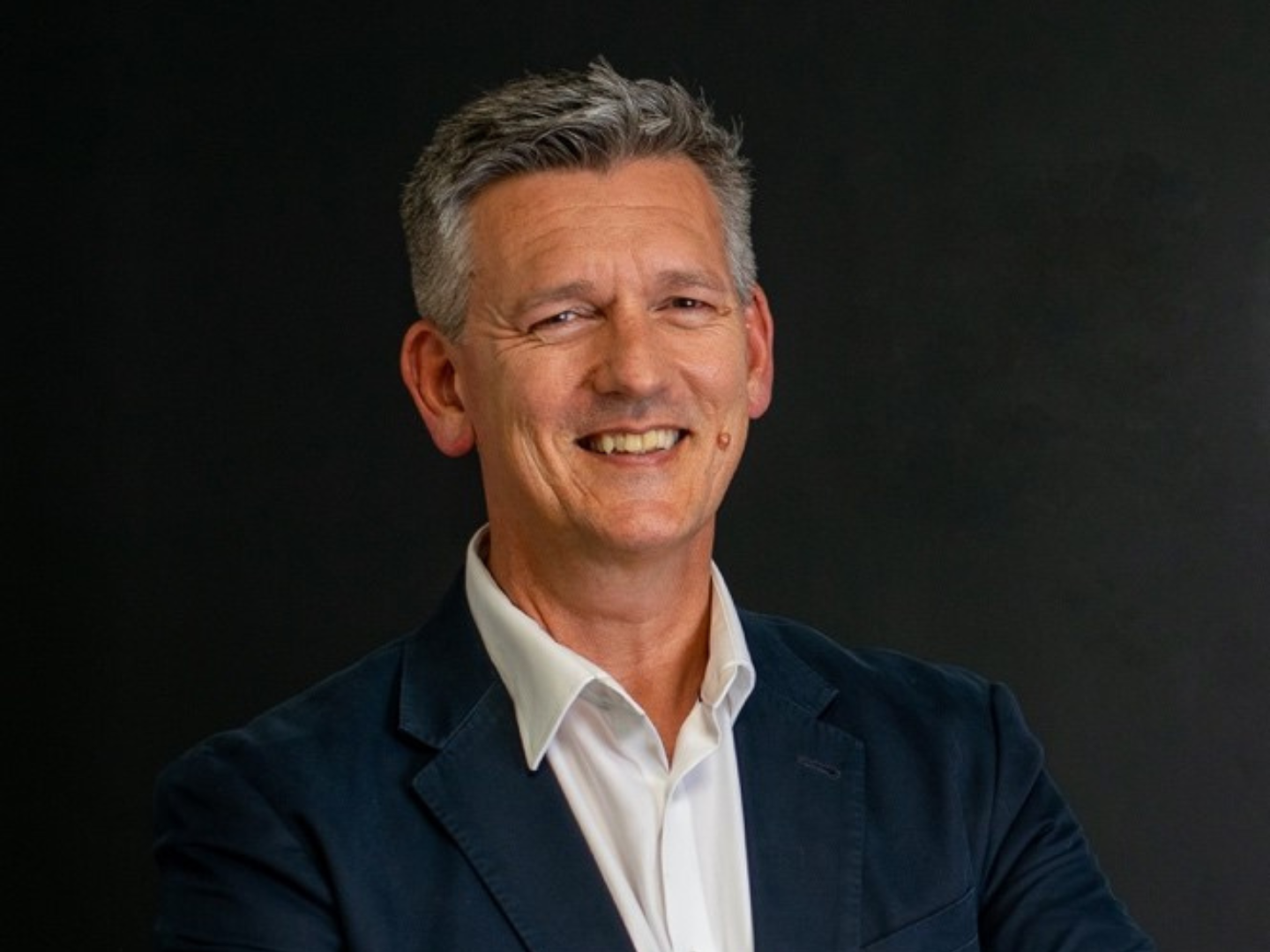As the energy landscape shifts, mining companies need more than new infrastructure – they need leaders can guide their teams through change.
Coal and Energy Transition Day (23 July) is a reminder that the way we power the world is changing. But in South Africa, the conversation around coal and renewables is often more complex than it sounds. We rely heavily on coal – not just for energy, but for jobs, communities, and economic stability.
A fast, full exit from coal may sound like progress, but it’s not realistic in our context. The challenge isn’t whether we move toward cleaner energy – we must. The real question is how we do that without leaving people behind.
By Arjen de Bruin, Group CEO at OIM Consulting
A just transition means balancing long-term environmental goals with short-term economic realities. It requires managing change carefully and preparing the people who will live and work through that change every day.
Change is constant. Your team needs to be ready
While the energy transition gets most of the attention, it’s not the only shift mining leaders are dealing with. We’ve seen increased automation, commodity downturns, global uncertainty, and new technologies reshape the sector over the last decade.
No matter what the trigger is – a resource drying up, a shift in market demand, or a move to renewables – the outcome is the same: your teams are expected to adapt, fast.
ALSO READ:
Coal and Energy Day: The future of coal in Southern Africa
What sets successful operations apart isn’t just technology or capital. It’s leadership. Frontline managers need to keep the team productive and focused, especially when things are uncertain. They must solve problems, communicate clearly, and maintain team morale under pressure. That’s what we focus on at OIM Consulting. We help operations build capable, confident leaders from within.
Why strong leadership keeps mines resilient
Over the years, we’ve worked with teams across mining, manufacturing, and other sectors, and we’ve seen the same truth play out: when your people are engaged, skilled, and confident in their roles, everything works better.
Our approach focuses on developing supervisors – the people closest to the ground – because that’s where change is most visible and where good leadership has the biggest impact. Leadership development should be practical. It’s about helping people plan better, manage time more effectively, give clear direction, hold others accountable, and build trust within their teams. These are the skills that keep operations stable in tough times and help companies grow when conditions improve.
Leadership skills that last beyond the mine
In the context of a just transition, or even a mine closure, there’s another reason to invest in people: the skills they gain are transferable. When mines automate, wind down, or shift operations, employees who’ve had the chance to grow as leaders are far more likely to find new opportunities, inside or outside the sector.
ALSO READ:
Coal & Energy Day: July Ndlovu on coal’s global role
We talk a lot about futureproofing, but in my view, that doesn’t start with equipment. It starts with people. South Africa will move away from coal, but that journey won’t be instant, and it can’t come at the cost of human livelihoods. As mining houses look to the future, they must think not just about what they’re transitioning to, but how they’re doing it. That includes building more efficient operations, yes – but it also means building leadership capacity, retaining institutional knowledge, and developing skills that create opportunities beyond coal.
The future of mining will be shaped by policy, investment, and innovation. But its success will ultimately depend on the people who make the industry work today. The more we invest in them now, the stronger and more sustainable that future will be.

